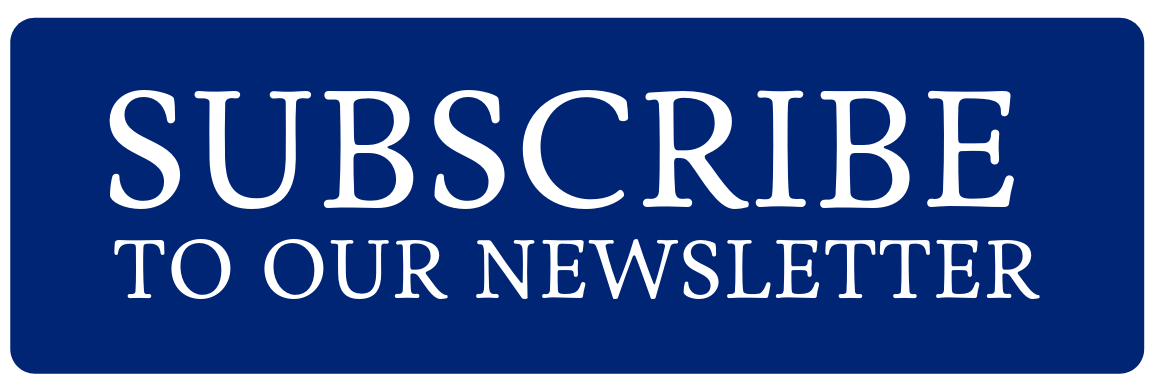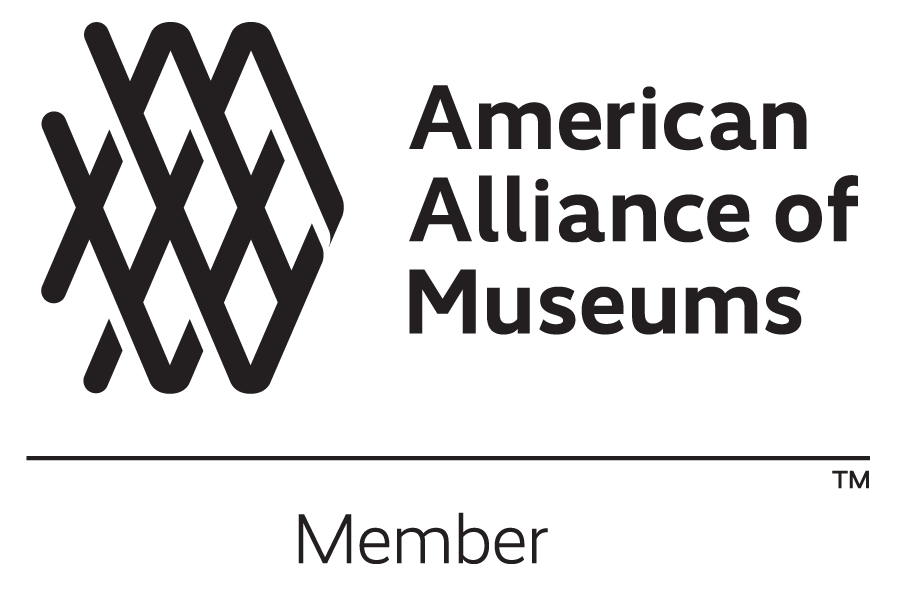Unknown maker, c. 1710
animal horn (primary material)
1919.05.001
Fraunces Tavern Museum, gift of Col. Dewitt C. Falls
Unknown maker, c. 1785
animal horn (primary material)
1919.05.002
Fraunces Tavern Museum, gift of Col. Dewitt C. Falls
Powder Horns
Many soldiers took up engraving powder horns while waiting for orders. They carved horns with engravers, needles, or small knives, then rubbed with grease, wax, or ash to make the linework pop against the light color of the horn. These two intricately carved horns show emblems like Great Britain’s coat of arms, maps and illustrations of forts and cities.
Curator's Notes
Often personalized and engraved by the owner, powder horns were made from hollowed-out cattle horns to make a waterproof container for highly volatile gun powder. These were very personal pieces of equipment for the soldiers, with engravings featuring important details in their lives. Also understood as pieces of folk art, powder horns showcase many of the same imagery we find on flags that shaped early American identity.







